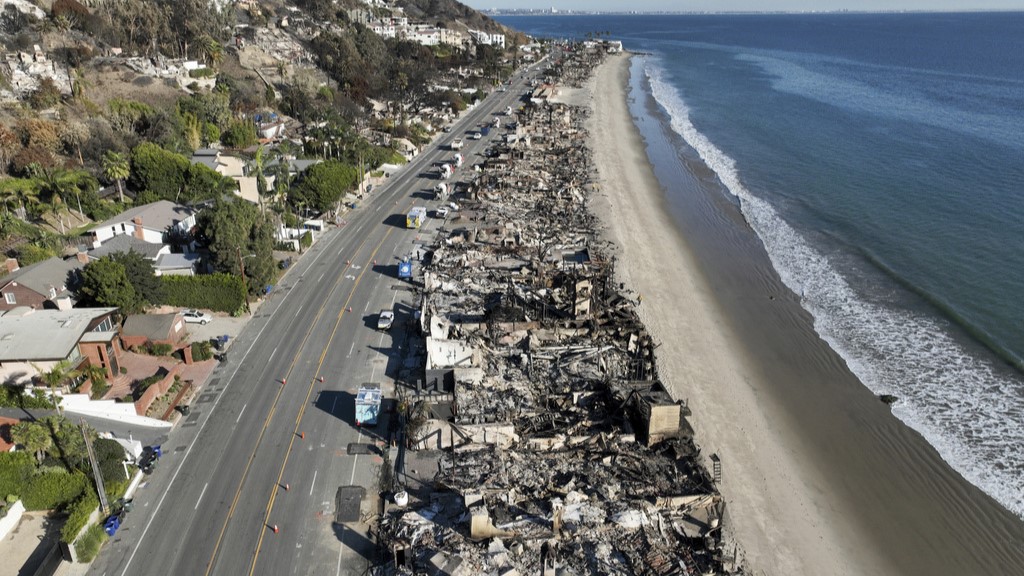What will CA's wildfire season look like? Here's when it's expected to peak, what to know

SAN FRANCISCO (KGO) -- In drought years we brace for a fiercer wildfire season. Now after a historically wet winter and snowpack, we are still facing fire danger but it looks different than it has the last few years.
Fire experts weighed in on the 2023 U.S. wildfire forecast from Accuweather meteorologists which predict that in California, 400,000 to 1 million acres will burn. That puts the state at average or slightly above average for fire danger later in the summer.
RELATED: How CA's investment in wildfire prevention contributed to a less severe fire season
To put that in perspective nearly one million acres burned in just the Dixie Fire in 2021 in Lassen Volcanic National Park.
"We shouldn't expect large fires in July which is different than previous years," said Dr. Craig Clements, Director of the San Jose State University Wildfire Research Center.
According to Accuweather, the fire threat will gradually rise through the summer as fuels dry out amid prolonged stretches of warm and dry conditions.
"So it's a great year for grazing cattle this year but if it isn't eaten there's also a lot of it to burn and could tend to have faster-spreading fires in grassland area," said Dr. Andrew Latimer, Director of the UC Davis Natural Reserve System.
VIDEO: Climate expert says California may see more unusual winter wildfires

Accuweather says Northern California's peak wildfire season will occur from August into September and September to November in Central and Southern California.
Although the winter storms made a massive dent in the state's drought conditions they also blew down an abundance of trees, branches and limbs which Accuweather meteorologists say will add to the availability of fuels.
"We have downed trees from a lot of the wind damage we've had so there's definitely fuel there. The good news is those will hang onto moisture a little bit further into the season," Collins said. "And then as you go up into the Sierra there's a different dynamic there because of the snowpack. That's going to retard any problematic fire spread until much later in the season. "
RESOURCES: How to be ready for wildfires, heat waves, drought and power outages
"If you're going to bet, the odds are it's definitely a lower fire year because of the high snowpack," said Latimer.
"Once we get to fall we can always have high fire danger just because it's the driest time of year," said Clements.
So the takeaway message is all's green for now. But if you live by grassy hillsides it's more important than ever to cut the growth back this year because of grassland fire potential. There is less fire risk in forested areas than there's been in a long time.
If you're on the ABC7 News app, click here to watch live











